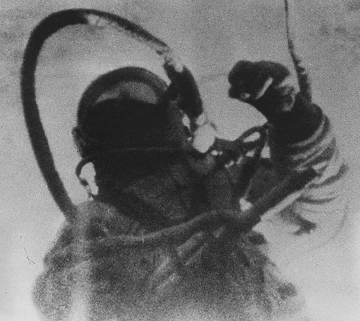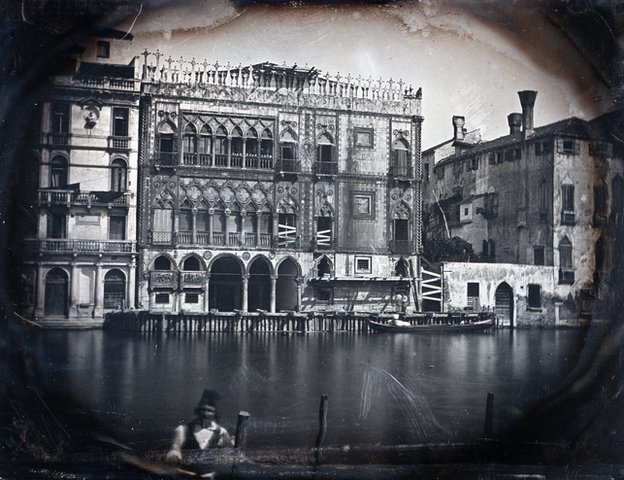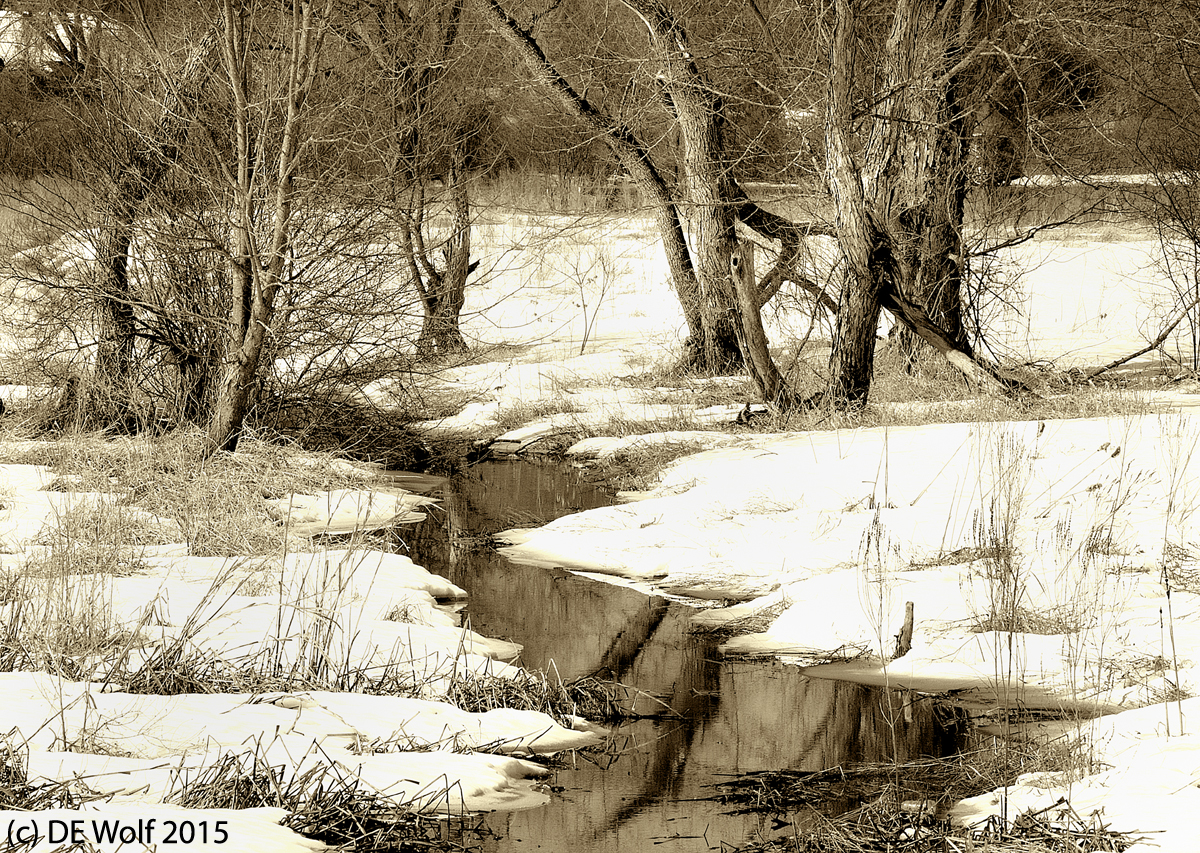Hmm! I keep coming back to a photoessay by street photographer Babycakes Romero on the BBC this week entitled The Death of Conversation that shows people not talking to one another, instead engrossed in their cell phones. Romero believes that “Smartphones have made everyone seriously dull.” We have spoken a lot about this question on this blog as well as the related value, or lack thereof, of the myriad of cell phone images uploaded each day, and Romero’s view certainly has merit.
When I grew up in New York City years ago, if you wanted to survive on the street or the subways the key was learning to look through people indifferently and under no circumstances were you to speak to the crazy person on the train. I had a summer job with the New York City Department of Revenue and there was this woman who would fight with herself, screaming and yelling, all the way to the Worth Street stop. To my surprise, I was sent one day to deliver something the the “Eigth Floor” and there she was holding down her day job, while remaining a raving lunatic by night. So abstraction is certainly a defense. It may not so much be a rejection of other people as a protection of oneself against being rejected. And at the same time, it is reassuring that should you panic, help is just a phone call away. Your friends, your support are always there with you. My son told me that there are parties now where you leave your phone in a basket at the door and if you come back to it you pay a fine. There’s a way for enterprising hosts to make cash on the side, from friends desparate for that little blast of dopamine that comes with each text or email.
But as we have discussed previously, are we more or less connected? Look at the people in Romero’s images. The picture is one of self-imposed isolation. Sure, but each one of those people is a node on a connectivity network, you know like the Borg Continuum. If you believe in a world with six degrees of separation, then the network that each of those people are connected to is staggering in size. In that regard, they are so much more widely connected than they would be if, perish the thought, they put their phones down and spoke to the people next to them.
The other image that Romero’s images bring to my mind is that what was previously a social continuum is now quantized into individual cells. I keep thinking of the way that convective vortexes separate and create cells on the surface of a cup of coffee. There are many physical systems that quantize in this way and interestingly the force behind the separation usually requires interaction between the individuals, even if it is a negative one. A few months back I remember watching a pretty young girl at Starbucks pull out her cellphone and pose for a selfie. It is as if to say, I am me, I am a quantum unit. But I ask you, whom is she saying that to? Would she have taken that selfie, made that assertion if there was no one there?
The isolation in the faces of the people in these photographs is in fact nothing new, it not only predates the cell phone, but it spans all of human history. We are within ourselves. There is the inner voice in constant conversation with us. We assume, but can never be sure, that everyone else has their own inner voice. So people are both desperately alone and desperate to be connected. Do not be fooled by the isolation. We all still want to be noticed and loved. We all are still lonely, despite all our IPhones and selfies.




